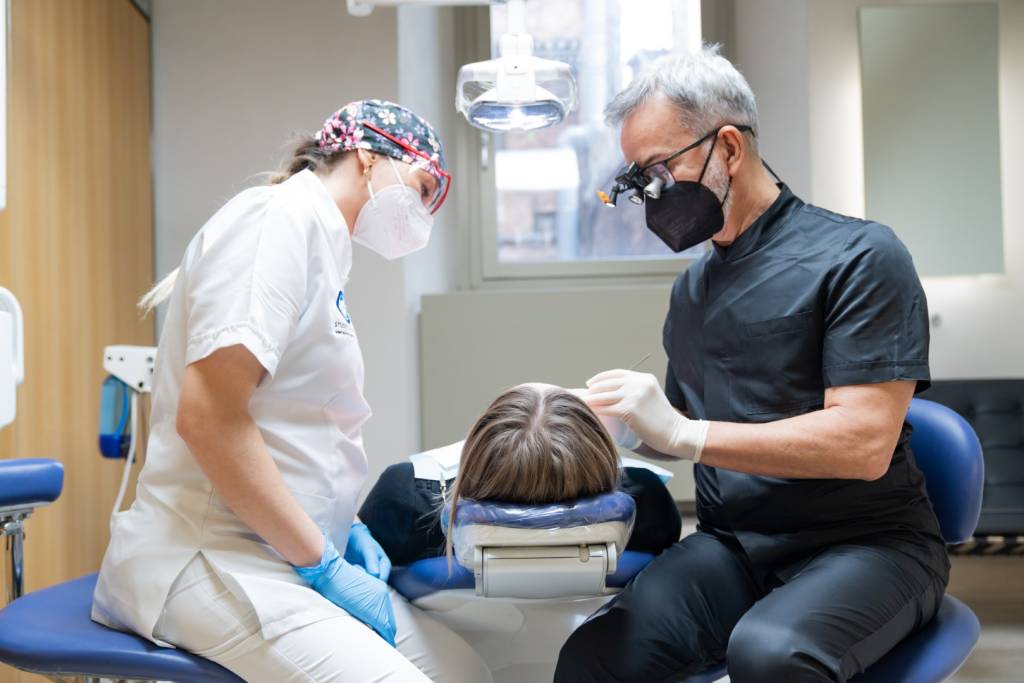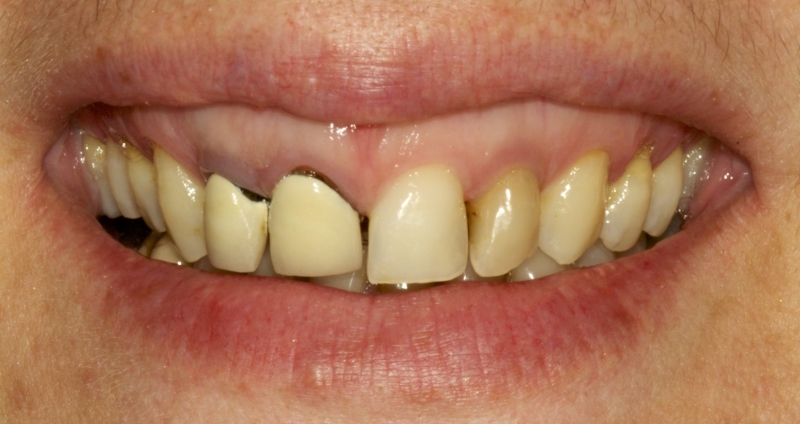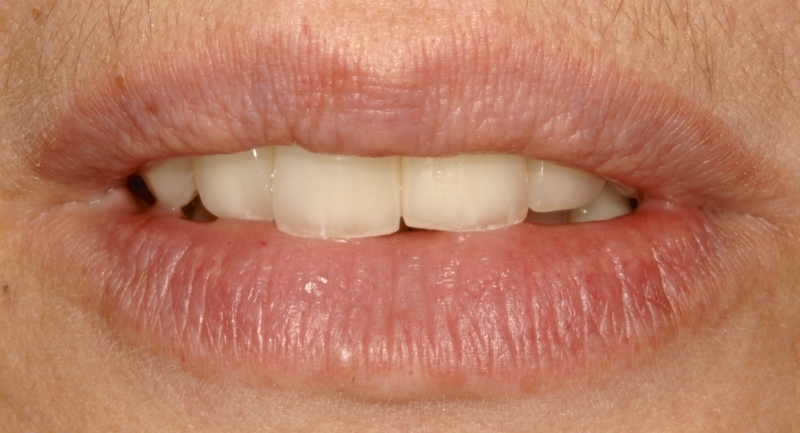Although there is no exact definition of the gingival smile, the exposure of 3-4 millimeters or more of gums during everyday social life is considered disproportionate. It gives rise to the so-called gingival smile.
The following factors can influence the perception of the gum line:
Height and shape of teeth
The way your lips move while smiling
The angle of the jaw relative to the rest of the face
What are the causes of a gum smile?
According to research, several factors can contribute to a gum smile. Let’s take a closer look at some of the most common causes.
Dental eruption (growth) abnormalities
According to research, several factors can contribute to a gum smile.
Let’s take a closer look at some of the most common causes.
Sometimes, the way teeth “grow” can cause gum smiles, although this varies from person to person; a 2014 study by Trusted Source found that it can be a genetic trait.
When the gums still cover a part of the enamel after their eruption in the arch, they give rise to a condition called altered passive rash, responsible for the gingival smile.
When the teeth in the front of the mouth erupt too much, or there is a functional overload, the gums could “grow too much.” this condition is called dento-alveolar extrusion.
Gingival smile can also occur due to vertical maxillary excess when the upper jaw bones develop more than their normal vertical size.

Lip abnormalities
A shorter upper lip can cause a gingival smile and hypermobility of the lips, which consists of a wide excursion of the latter during smiling or phonation.
Clinical situations
While the balance in the visibility of teeth and gums during the smile gives rise to a pleasant aesthetic, the gingival smile is determined by the imbalance during the exposure of teeth and gums.
In some cases, the gums are too visible (gummy smile)
In other situations, the teeth are too covered.
There are also cases when the gums are too "short" and the visible part of the tooth is too long (gingival recessions, root exposures).
Correction of gingival smile
The surgery to correct the gingival smile involves creating the right balance between gums and teeth through individual therapies or their combination. Among these, we remember:
Gingival remodeling (gingivoplasty)
Remodeling of the alveolar bone (osteoplasty)
Botox infiltrations
Internal labial remodeling
Auto gum grafts (connective grafts)
Our team uses the clinical variables that determined it, the therapies necessary to correct the gingival smile, and taking care of every detail. The exclusive quality of the professional services provided has led Calesini to be ranked among the best international dental centers.

Pre-operative clinical situation
Gingival smile aggravated by prosthetic crowns and incongruous fillings.

Post-operative clinical situation
The result was obtained with mucogingival surgery, osteoplasty, ceramic crowns, and veneers.